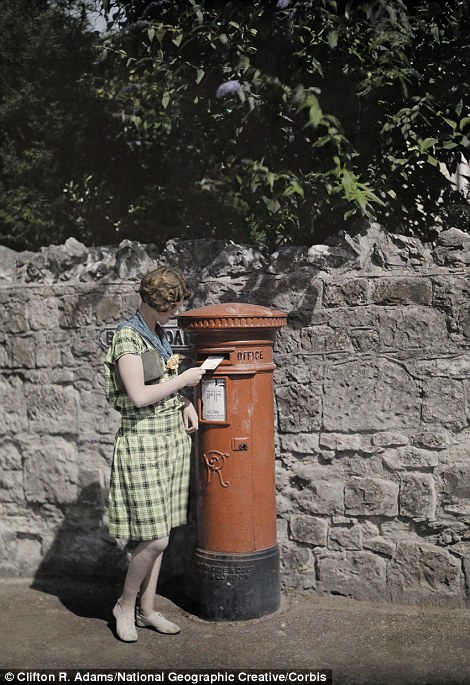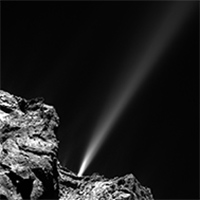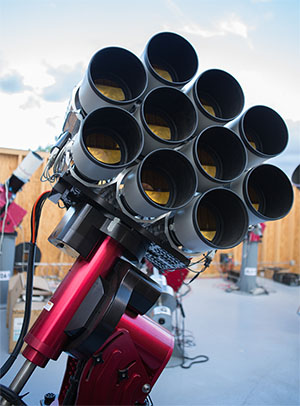From Boy Scouts on a hike to children playing on a beach, this wonderful set of photographs captures British life almost a century ago…They were taken by Clifton R. Adams, who was sent to England by National Geographic magazine to photograph life in the country…He took the images in colour using Autochrome Lumière, which was the most advanced colour photographic process of the day.
Monthly Archives: August 2015
Inventor of digital camera says Kodak never let it see the light of day
 If your employee came to you in 1975 and told you he’d invented the digital camera, what would you do? If you were Kodak, the answer was to effectively shove him in a closet and hope the product never reached the mass market.
If your employee came to you in 1975 and told you he’d invented the digital camera, what would you do? If you were Kodak, the answer was to effectively shove him in a closet and hope the product never reached the mass market.

via Inventor of digital camera says Kodak never let it see the light of day – Business Insider.
Rosetta’s Comet Fires its Most Spectacular Jet Yet : Discovery News
On July 29, with ESA’s Rosetta spacecraft in orbital tow, the 2.5-mile 4-kilometer -long Comet 67P/Churyumov-Gerasimenko fired its brightest jet yet since Rosetta’s arrival just over a full year ago, on Aug. 6, 2014.
via Rosetta’s Comet Fires its Most Spectacular Jet Yet : Discovery News.
Watch the Moon As It Crosses Earth From 1 Million Miles Away – NBC News
NASA’s Deep Space Climate Observatory DSCOVR has taken some pretty amazing images from its position between the Earth and Sun. An animation released Wednesday by NASA shows images of the far side — which is normally hidden from human eyes — as the moon passes in front of our planet.
via Watch the Moon As It Crosses Earth From 1 Million Miles Away – NBC News.
Dragonfly – Dunlap Institute
Dragonfly is an innovative, multi-lens array designed for ultra-low surface brightness astronomy at visible wavelengths. Commissioned in 2013 with only three lenses, the array is growing in size and proving capable of detecting extremely faint, complex structure around galaxies.
….Dragonfly is designed to reveal the faint structure by greatly reducing scattered light and internal reflections within its optics. It achieves this using ten, commercially available Canon 400mm lenses with unprecedented nano-fabricated coatings with sub-wavelength structure on optical glasses.



